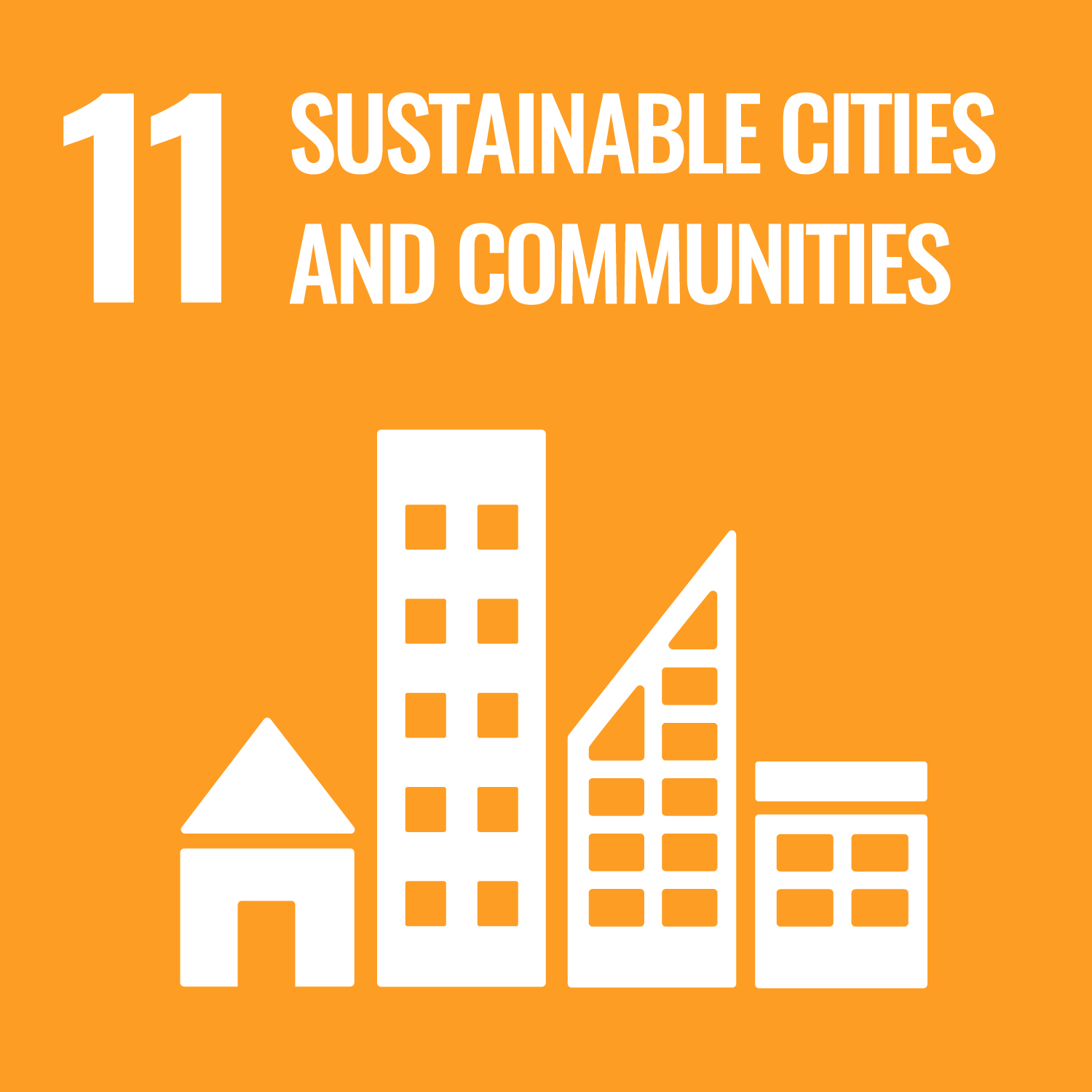Exercise in Space and Architecture Design 4B
We will design a complex facility centered around a library that will serve as a base for citizens' cultural activities. The
functions required of libraries in the future will be vastly different from those of traditional public facilities, which
simply had books lined up and a reading room. It is expected that it will serve as an information infrastructure necessary
for local residents to lead an intellectual life, and at the same time function as a place for mutual interaction and dissemination
of information.
The site is Kiyosumi 3-chome, Koto Ward, where the Koto Ward Fukagawa Library currently stands. It could be rebuilt at the current location of the Fukagawa Municipal Library, or it could be rebuilt at the park plaza or children's park to the east. Alternatively, the project could be planned on a long, narrow site facing the Sendai Hori River across the road. If we were to rebuild the current Fukagawa City Library, we would consider where it would be most appropriate to rebuild it, not only from an architectural planning perspective, but also from an urban planning and construction planning perspective. I would like to have it.
I would like to see the facility plan include comprehensively incorporating local public service functions, such as the Fukagawa Fureai Center X Hirano Children's Center, located adjacent to Kiyosumi Street. We hope that the new library will contribute to the sustainable development of the region by combining the functions of childcare support, youth activity support, civic activity support, and lifelong learning functions, becoming a comprehensive living base for the region. .
Although the current Fukagawa City Library is located adjacent to Kiyosumi Garden and Kiyosumi Park, it is hard to say that the plan is spatially integrated. It is expected that the new library will be designed to be functionally and visually linked to Kiyosumi Garden.
The site is Kiyosumi 3-chome, Koto Ward, where the Koto Ward Fukagawa Library currently stands. It could be rebuilt at the current location of the Fukagawa Municipal Library, or it could be rebuilt at the park plaza or children's park to the east. Alternatively, the project could be planned on a long, narrow site facing the Sendai Hori River across the road. If we were to rebuild the current Fukagawa City Library, we would consider where it would be most appropriate to rebuild it, not only from an architectural planning perspective, but also from an urban planning and construction planning perspective. I would like to have it.
I would like to see the facility plan include comprehensively incorporating local public service functions, such as the Fukagawa Fureai Center X Hirano Children's Center, located adjacent to Kiyosumi Street. We hope that the new library will contribute to the sustainable development of the region by combining the functions of childcare support, youth activity support, civic activity support, and lifelong learning functions, becoming a comprehensive living base for the region. .
Although the current Fukagawa City Library is located adjacent to Kiyosumi Garden and Kiyosumi Park, it is hard to say that the plan is spatially integrated. It is expected that the new library will be designed to be functionally and visually linked to Kiyosumi Garden.
Students will have the ability to consider the social issues faced by local communities and the future of public facilities,
where new functions are being sought, and to present solutions to given design issues through architectural design and landscape
design. Acquire. The aim is to help students understand architecture in relation to its surrounding environment, and to think
about spaces that move people through the fusion of design and technology.
Design condition
・Site: 3-3-39 Kiyosumi, Koto-ku, Fukagawa Library, Koto-ku (Details are posted in the shared folder)
https://www.koto-lib.tokyo.jp/
https://www.city.koto.lg.jp/585010/shisetsuannai/kyoikukanren/toshokan/14077.html
・Related laws and regulations:
Zoning, building coverage ratio, floor area ratio, etc. must comply with the current city planning regulations.
Koto City Urban Planning Master Plan http://www.city.koto.lg.jp/390111/kuse/shisaku/torikumi/7709.html
Koto Ward Long Term Plan (Late Period) https://www.city.koto.lg.jp/011501/kuse/kucho/kuse/h27/89022.html
Koto Ward Public Facilities Comprehensive Management Plan http://www.city.koto.lg.jp/010162/kuse/shisaku/torikumi/koukyou.html
Respect local town development policies and public facility maintenance policies, such as:
・The current legal provisions of Fukagawa Library (3-3-39 Kiyosumi, Koto-ku) are as follows.
・Site area: 1251.39㎡, Building area: 741.57㎡, Total floor area: 2196.61㎡
・Floor area ratio: 175.52%, Building coverage ratio: 59.25%, Zoning: Class 1 residential area
・Planned scale area
The Fukagawa Library has a collection of approximately 200,000 books (as of the end of March 2017), but in consideration of the increasing digitization of books in the future, it is planned that the facility will not be used for at least several decades after construction. As a premise, consider the required area and make a proposal.
Design condition
・Site: 3-3-39 Kiyosumi, Koto-ku, Fukagawa Library, Koto-ku (Details are posted in the shared folder)
https://www.koto-lib.tokyo.jp/
https://www.city.koto.lg.jp/585010/shisetsuannai/kyoikukanren/toshokan/14077.html
・Related laws and regulations:
Zoning, building coverage ratio, floor area ratio, etc. must comply with the current city planning regulations.
Koto City Urban Planning Master Plan http://www.city.koto.lg.jp/390111/kuse/shisaku/torikumi/7709.html
Koto Ward Long Term Plan (Late Period) https://www.city.koto.lg.jp/011501/kuse/kucho/kuse/h27/89022.html
Koto Ward Public Facilities Comprehensive Management Plan http://www.city.koto.lg.jp/010162/kuse/shisaku/torikumi/koukyou.html
Respect local town development policies and public facility maintenance policies, such as:
・The current legal provisions of Fukagawa Library (3-3-39 Kiyosumi, Koto-ku) are as follows.
・Site area: 1251.39㎡, Building area: 741.57㎡, Total floor area: 2196.61㎡
・Floor area ratio: 175.52%, Building coverage ratio: 59.25%, Zoning: Class 1 residential area
・Planned scale area
The Fukagawa Library has a collection of approximately 200,000 books (as of the end of March 2017), but in consideration of the increasing digitization of books in the future, it is planned that the facility will not be used for at least several decades after construction. As a premise, consider the required area and make a proposal.
| Goals and objectives | Course Outcomes | |
|---|---|---|
| 1. | Think about what public facilities should look like in the future from both a functional and operational perspective, and come up with your own ideas. |
4.
|
| 2. | Ability to consider and propose ways to expand the functions of the library and contribute to the local community. |
4.
|
| 3. | The ability to understand the environmental characteristics of the surrounding area, consider the future, and design buildings. |
5.
|
| 4. | When designing, it is possible to carefully understand the location of the site and think about the design based on a concrete image from the user's perspective. |
5.
|
| 5. | Based on an understanding of basic architectural techniques, students can create expressive design drawings. |
5.
|
| library issues | Total. | |
|---|---|---|
| 1. | 20% | 20% |
| 2. | 20% | 20% |
| 3. | 20% | 20% |
| 4. | 20% | 20% |
| 5. | 20% | 20% |
| Total. | 100% | - |
| Class schedule | HW assignments (Including preparation and review of the class.) | Amount of Time Required | |
|---|---|---|---|
| 1. | Site analysis, program consideration, design intent, layout plan/floor plan ・Each person will survey the site and create a document (A3) with photos of the site and surrounding area pasted onto a map. ・Case study: Conduct on-site surveys of several libraries and compile the drawings (plan/cross-section (elevation)) etc. into an A3 report. By noon on the day of the Esquis every week, ① drawings, ② sketches, ③ model photographs, ④ documents describing design intentions, etc. Please compile it into a single PDF file and submit it to the [designated folder for Spatial Architecture Design Exercise 4]. Please name the PDF file as [student ID number_name]. *The above is common to S-Kice Checks 1 to 4. |
Analysis of site and surrounding environment, program consideration, design intent, layout plan/floor plan | 240分 |
| 2. | Esquis check 1 ・Comprehensive consideration of the overall plan ・Image of layout and plane |
Create a rough sketch of the library you would like to propose | 240分 |
| 3. | Esquis check 2 ・Comprehensive consideration of the overall plan ・Layout plan, floor plan, cross-sectional plan, elevation plan, exterior plan - Documents with revised concepts and design intentions discussed in the first Esquis. |
Understanding planes, cross sections, placement, volumes, and creating study models | 180分 |
| 4. | Esquis check 3 ・Comprehensive consideration of the overall plan ・Floor plan, cross-sectional plan, elevation plan, external structure plan |
Understanding planes, cross sections, placement, volumes, and creating study models | 180分 |
| 5. | Interim presentation and Squis check 4 -Upload the PDF data of a single A1 sheet containing the layout, plan, elevation, cross section, model photo, building outline, design purpose, etc. to the shared folder by noon. ・Select one work from each Esquith group and present it as a whole. ・After the general presentation, students will be divided into groups to give an interim presentation and an interview. |
Preparation of drawings to be submitted for interim presentations | 300分 |
| 6. | エスキスチェック5 ・全体計画の総合的検討 ・構造、設備計画との整合性検討 ・平面計画、断面計画、立面計画、外構計画 |
・Comprehensive consideration of the overall plan ・Consider consistency with structure and equipment plans ・Floor plan, cross-sectional plan, elevation plan, external structure plan |
180分 |
| 7. | submission Submitted drawings ・Architectural overview (number of floors, structural type, building area, total floor area, actual floor area ratio, actual building coverage ratio) ・Design purpose (600-1000 characters) ・Layout plan approximately 1/200 scale (direction and relationship between building and surrounding environment must be clearly indicated) ・Plan of each floor (enter the room name). The first floor plan shows the external structure, surrounding roads, neighboring buildings, etc. 1/100 ・Elevation (east, west, south, north sides) External fittings (windows) should be expressed. 1/100 ・Cross-sectional view (longitudinal, short, at least one cross-section each) Enter the room name. 1/100 ・Exterior perspective or exterior model photo ・Interior perspective or interior model photo ・Other items necessary to explain the design intent (photos of the site surroundings, maps, diagrams, etc.) Submit the above in about 3 A1 pages (W594 x H841 - single-sided). The method of expression (CG using CAD, hand-drawing, model photography, etc.) is free. (However, CG that consists only of wireframes is not allowed.) The location for submission will be specified in class. |
Creation of design documents and models for submission | 300分 |
| 8. | Final review Outstanding works will be selected, students will present their designs, and faculty members will provide comments. |
Creating a power point for presentation | 300分 |
| Total. | - | - | 1920分 |
Applicants will be evaluated based on their efforts in submitted drawings, essays, interim presentations, final reviews, etc.
The maximum score is 100 points, and a score of 60 or above is considered passing.
Please check the official website of each facility for the usage status of each facility.
Fukagawa Library
https://www.koto-lib.tokyo.jp/tabid92.html
Kiyosumi Garden
http://www.tokyo-park.or.jp/park/format/index033.html
Fukagawa Library
https://www.koto-lib.tokyo.jp/tabid92.html
Kiyosumi Garden
http://www.tokyo-park.or.jp/park/format/index033.html
- Course that cultivates a basic problem-solving skills
| Work experience | Work experience and relevance to the course content if applicable |
|---|---|
| Applicable | Guidance provided by faculty members with extensive practical experience as architects. |






- 4.QUALITY EDUCATION
- 7.AFFORDABLE AND CLEAN ENERGY
- 8.DECENT WORK AND ECONOMIC GROWTH
- 9.INDUSTRY, INNOVATION AND INFRASTRUCTURE
- 11.SUSTAINABLE CITIES AND COMMUNITIES
- 12.RESPONSIBLE CONSUMPTION & PRODUCTION
Last modified : Sat Jun 29 04:41:27 JST 2024
